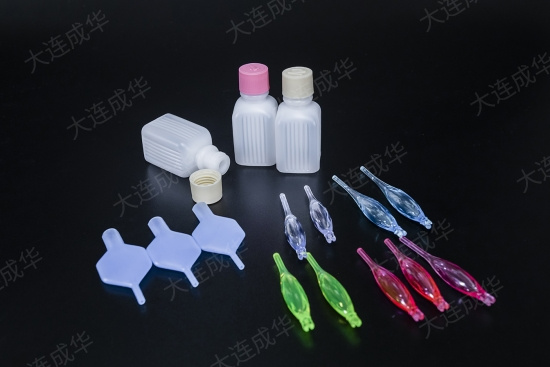Hollow forming technology has a wide range of applications and development prospects in the field of plastic processing. With the continuous progress and innovation of science and technology, we believe that this technology will bring more convenience and surprises to our lives. Hollow molding plays an important role in injection molding technology, and different hollow molding methods can be selected according to needs, including blow molding, vacuum forming, injection molding, and other various methods.
In the field of hollow forming, the application of computer-aided design (CAD) and computer-aided manufacturing (CAM) technologies is becoming increasingly widespread. CAD software can accurately design the shape and structure of molds and products, simulate the forming process, predict possible defects, and optimize them. CAM technology can achieve precise machining of molds, improving the manufacturing quality and efficiency of molds. For example, 3D printing technology can be used to quickly manufacture prototypes of hollow forming molds for testing and verifying design solutions, shortening the mold development cycle.
What are the process requirements for hollow forming technology in Dalian?
Raw material selection: The raw materials used in hollow forming technology are usually thermoplastic plastics, such as polyethylene (PE), polypropylene (PP), polyvinyl chloride (PVC), etc. Choosing the appropriate raw materials is crucial for the performance and molding effect of the product.
Process parameter control: including injection speed, temperature, pressure, etc. These parameters need to be precisely controlled to ensure the quality and dimensional stability of the product throughout the entire molding process.
Mold design: The mold design for hollow forming technology must take into account the hollow structure of the product to ensure its sealing and rigidity. At the same time, the cooling system of the mold also needs to be well-designed to ensure that the product can cool quickly.
Equipment maintenance: Hollow forming equipment requires regular maintenance and upkeep to ensure stable operation and high production efficiency. At the same time, operators need to possess relevant technical knowledge and experience to ensure the accuracy and safety of operations.
Testing and quality control: Strict testing and quality control of molded products are key to ensuring product quality. Including inspection and testing of appearance quality, dimensional accuracy, physical properties, and other aspects.
In the hollow forming process, the key is mold design and material selection. The design of molds should take into account the shape, size, and surface finish requirements of the product to ensure product quality and molding efficiency. And material selection needs to consider the product's usage environment and characteristics to ensure its durability and safety.
During the blow molding process, the air between the billet and the mold cavity needs to be discharged in a timely manner, otherwise it will affect the molding quality of the product. Exhaust slots should be installed on the mold or breathable materials should be used to achieve exhaust. The size and position of the exhaust groove should be determined according to the shape and size of the product. For example, exhaust grooves with a width generally between 0.03-0.05mm are installed at the edges or areas with thicker walls of the product.







